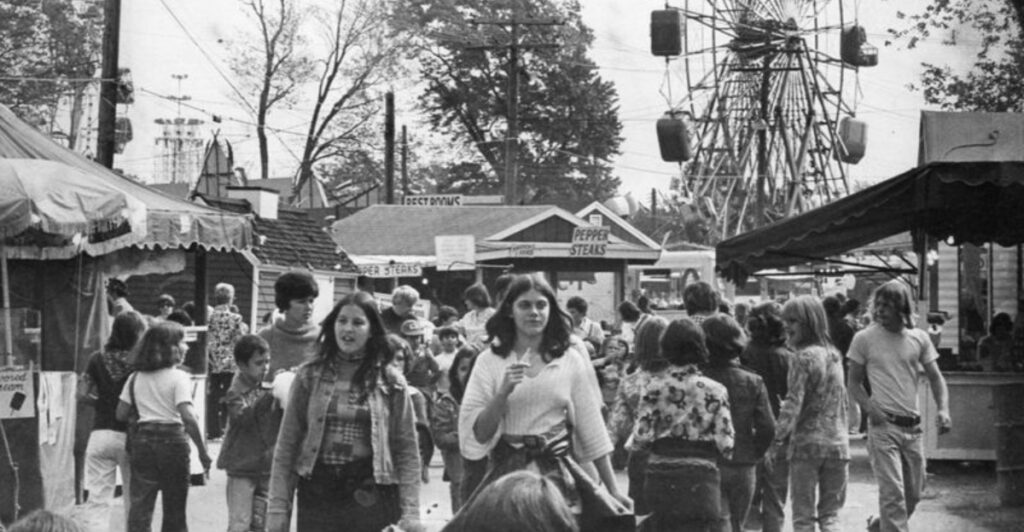Nestled in Essex County, the small town of Topsfield hosts a remarkable piece of American history. The Topsfield Fair, established in 1818, proudly holds the title of America’s oldest continuously running agricultural fair. What started as a simple cattle show has evolved into a beloved tradition that has brought communities together for over two centuries.
Birth of an American Tradition
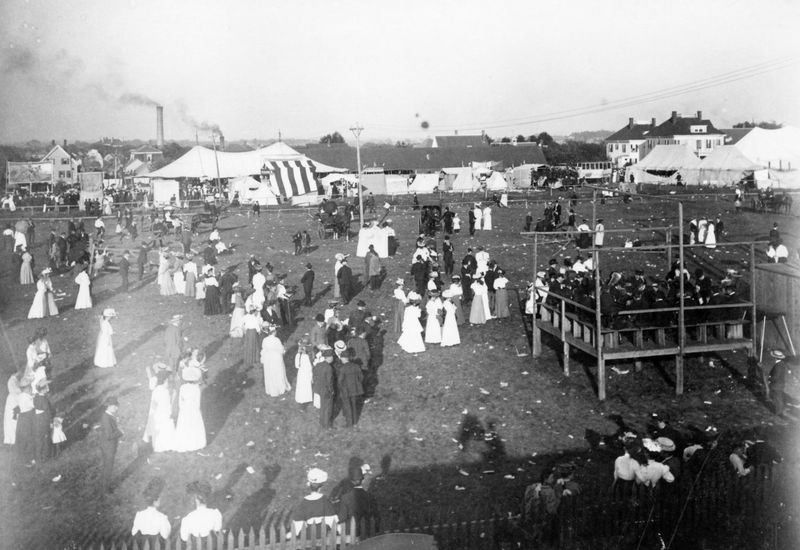
The Essex Agricultural Society founded the Topsfield Fair with a simple mission: to improve farming practices throughout the county. Their first official event wasn’t actually held until 1820, featuring primarily cattle and other livestock competitions.
Farmers traveled from miles around, eager to showcase their prized animals and learn new techniques from fellow agriculturalists. The fair quickly became more than just an exhibition—it transformed into a vital educational hub where innovation spread among rural communities.
In those early days, no one could have predicted that this modest gathering would continue for centuries, surviving wars, pandemics, and cultural shifts while maintaining its agricultural heart.
A Traveling Show Finds Home
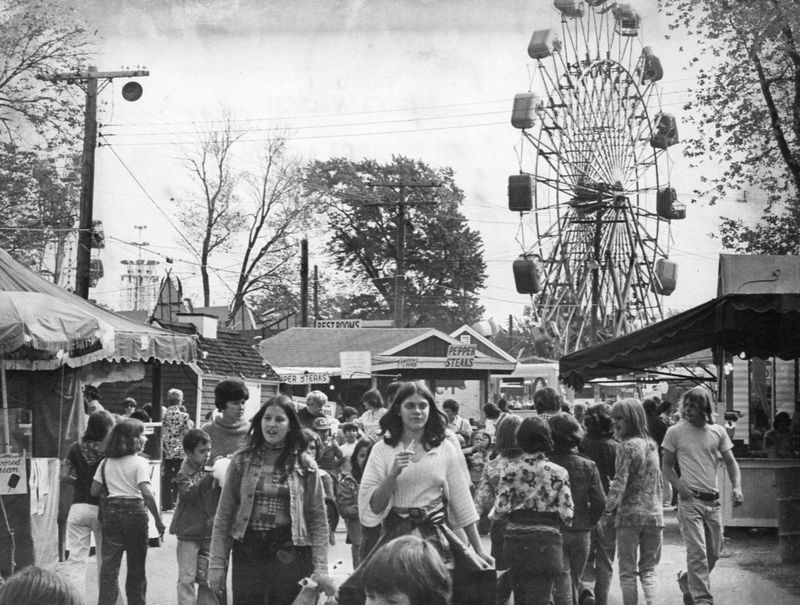
For nearly a century, the fair had no permanent address, instead rotating between Essex County towns including Danvers, Haverhill, and Newburyport. Each location added its own local flavor to the growing celebration of rural life.
Everything changed in 1910 when the fair finally settled on its permanent home—the 150-acre Treadwell Farm. This generous land donation from Dr. John Goodhue Treadwell in 1858 gave the wandering fair solid roots at last.
The fairgrounds’ distinctive red-roofed buildings and sprawling fields have become iconic landmarks, hosting generations of fairgoers who return year after year to the same beloved location.
Weathering Historical Storms
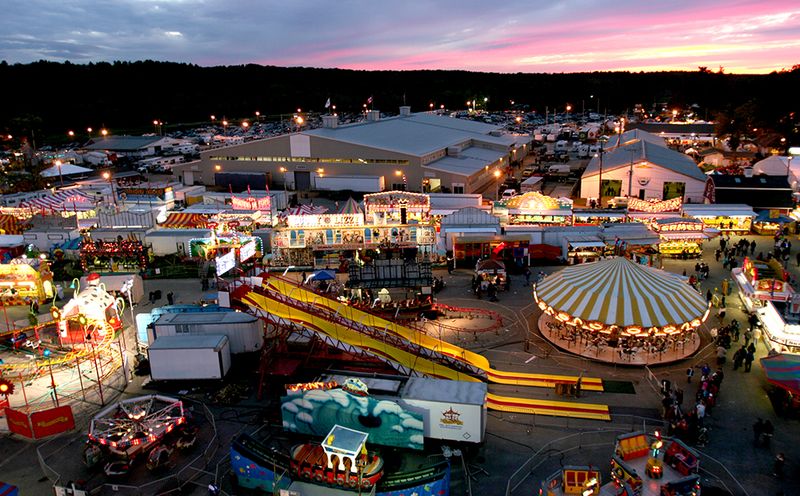
Remarkably, in its 200+ year history, the Topsfield Fair has only been canceled three times—each during moments of national crisis. The devastating Spanish Flu pandemic of 1918 forced the first cancellation, keeping crowds home during that deadly outbreak.
World War II caused the longest interruption, with no fairs held from 1943 to 1945 as the nation focused all resources on the war effort. Many fairground buildings were repurposed to support military needs during this period.
Most recently, the COVID-19 pandemic of 2020 marked only the third time in two centuries that the fairgrounds fell silent in autumn. This extraordinary continuity through American history speaks to the fair’s significance as a cultural institution.
Giant Pumpkins and Modern Attractions
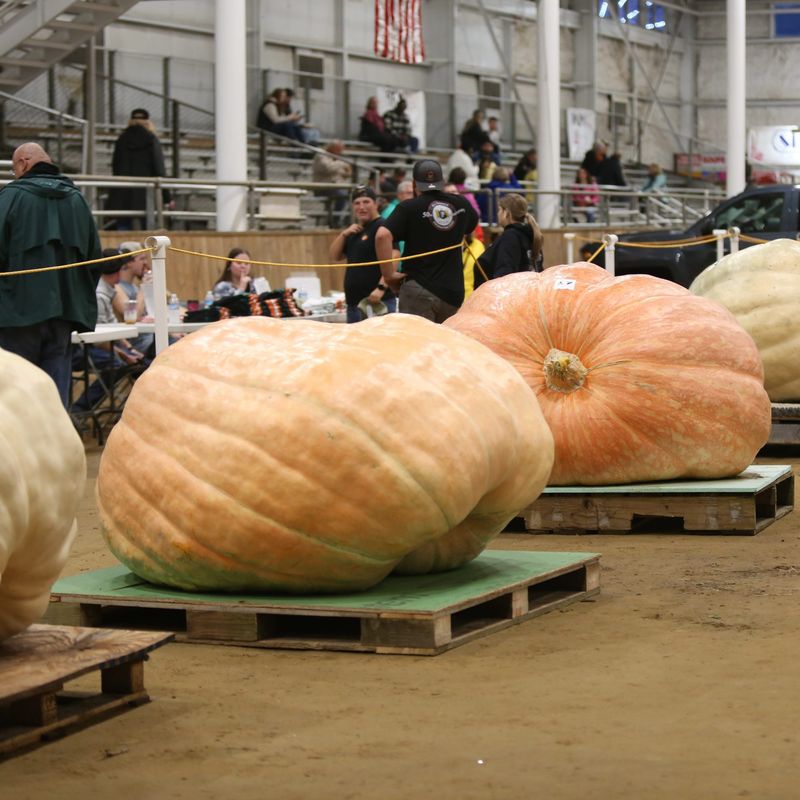
The All-New England Giant Pumpkin Weigh-Off has become the fair’s signature event, drawing massive crowds eager to witness these extraordinary orange giants. The competition has seen record-breaking specimens exceeding 2,000 pounds—heavier than some compact cars!
Beyond agriculture, today’s fair balances tradition with entertainment through midway rides, carnival games, and concert performances that attract nearly half a million visitors annually. Food vendors line the pathways offering everything from classic fried dough to innovative culinary creations.
Educational exhibits remain central to the fair’s mission, with 4-H clubs showcasing youth agricultural projects alongside demonstrations of traditional crafts like blacksmithing and wool spinning that connect visitors to America’s rural heritage.
A Living Legacy of Rural America
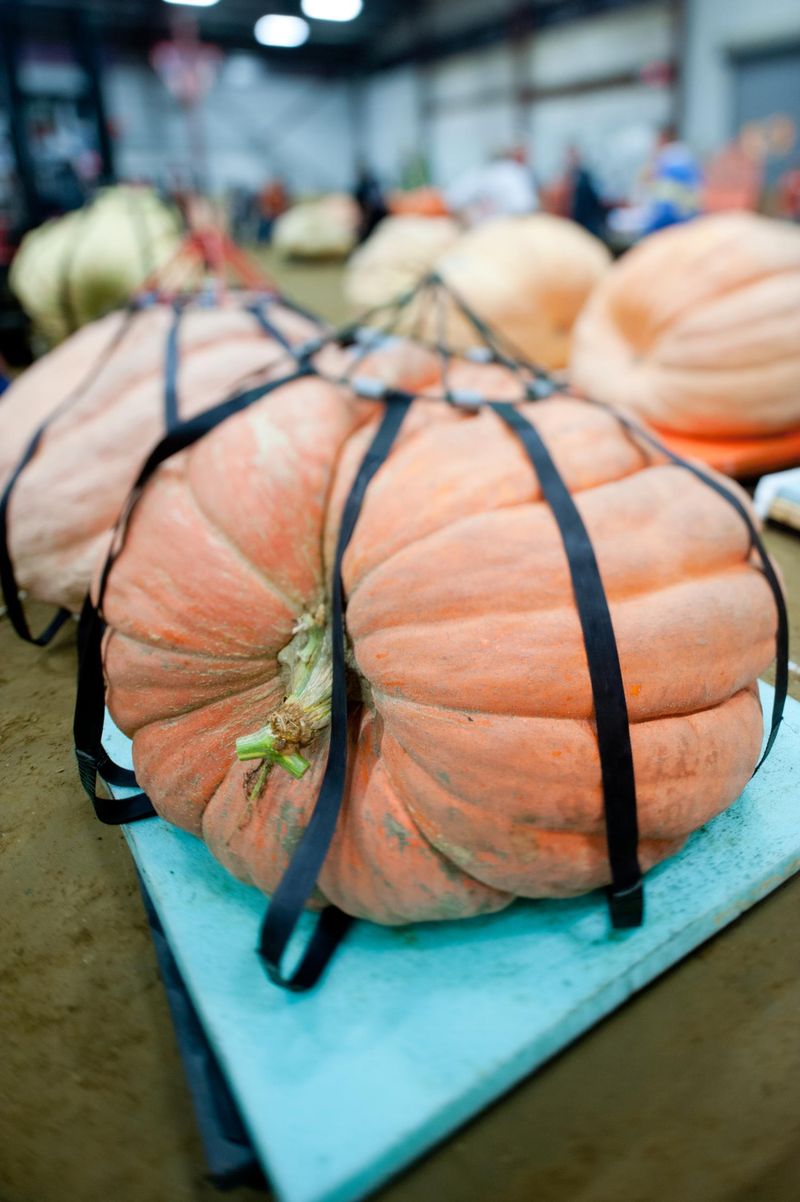
The Essex Agricultural Society continues its stewardship with approximately 1,321 dedicated members who volunteer countless hours to preserve this slice of American heritage. Their commitment extends beyond the annual fair through year-round educational programs and agricultural advocacy.
Family traditions run deep at Topsfield, with many attendees proudly sharing stories of five or six generations who’ve walked these same fairgrounds each autumn. The 2023 fair set attendance records, proving that even in our digital age, people hunger for authentic community experiences.
As farming becomes increasingly distant from most Americans’ daily lives, the Topsfield Fair serves as a vital bridge between our agricultural past and present—a living museum where history breathes through every livestock barn and harvest display.

